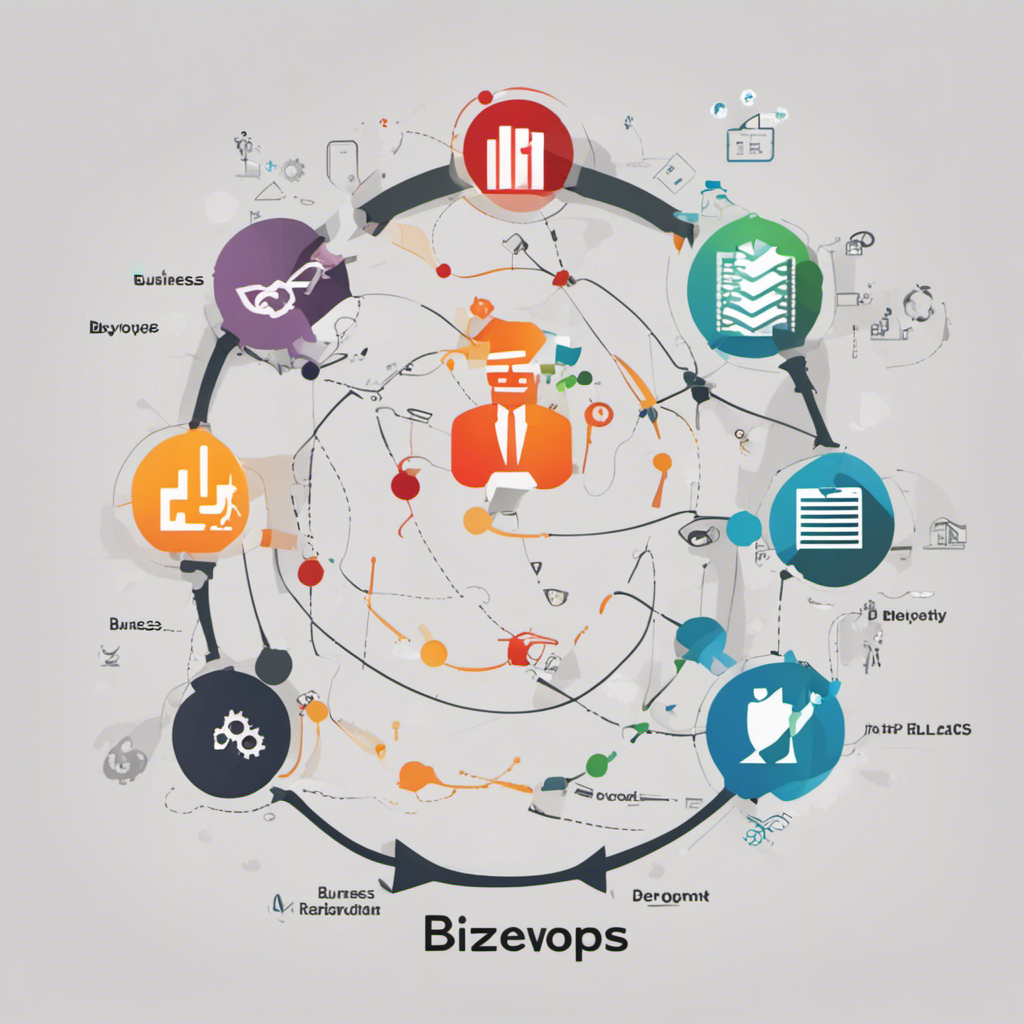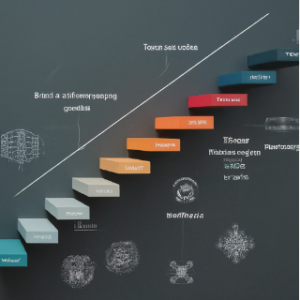Introduction to BizDevOps
BizDevOps is an evolution of the DevOps model that integrates business teams into the software development lifecycle. Traditionally, DevOps merges development (Dev) and operations (Ops) to foster collaboration, enhance efficiency, and streamline continuous delivery of software. BizDevOps extends this concept by involving business stakeholders throughout the process to ensure that products align with business goals and customer needs. This approach emphasizes the integration of business strategy, customer feedback, and product development to create a seamless, adaptive process.
Why BizDevOps?
- Aligning Business Goals with IT Execution
BizDevOps bridges the gap between business and IT, ensuring that the development and deployment of software directly support organizational goals. By involving business teams early in the process, companies can align their product roadmap with strategic objectives and market demands. - Continuous Feedback Loop
In a BizDevOps model, the business team works alongside developers and operations teams, continuously feeding back insights from customers, market trends, and business performance data. This real-time feedback helps to quickly adapt product features and priorities, creating a more responsive development cycle. - Enhanced Collaboration
The integration of business, development, and operations fosters better communication across departments, breaking down silos that often lead to misalignment. Business leaders can understand technical constraints, while developers and operations can prioritize tasks based on real business needs. - Faster Time to Market
By incorporating business input throughout the development process, decisions can be made faster, and unnecessary iterations can be avoided. This reduces the risk of building features that don’t meet business or market needs, allowing teams to deliver products more efficiently.








Reviews
There are no reviews yet.